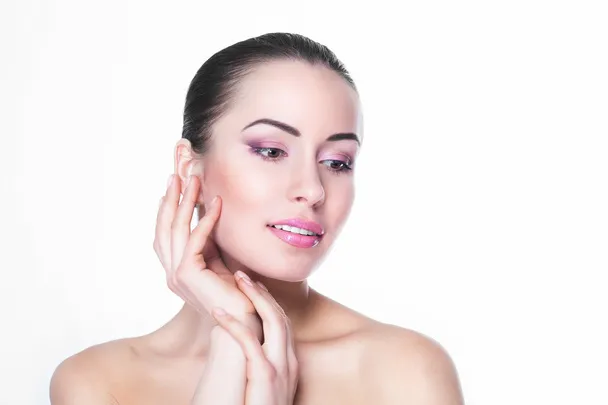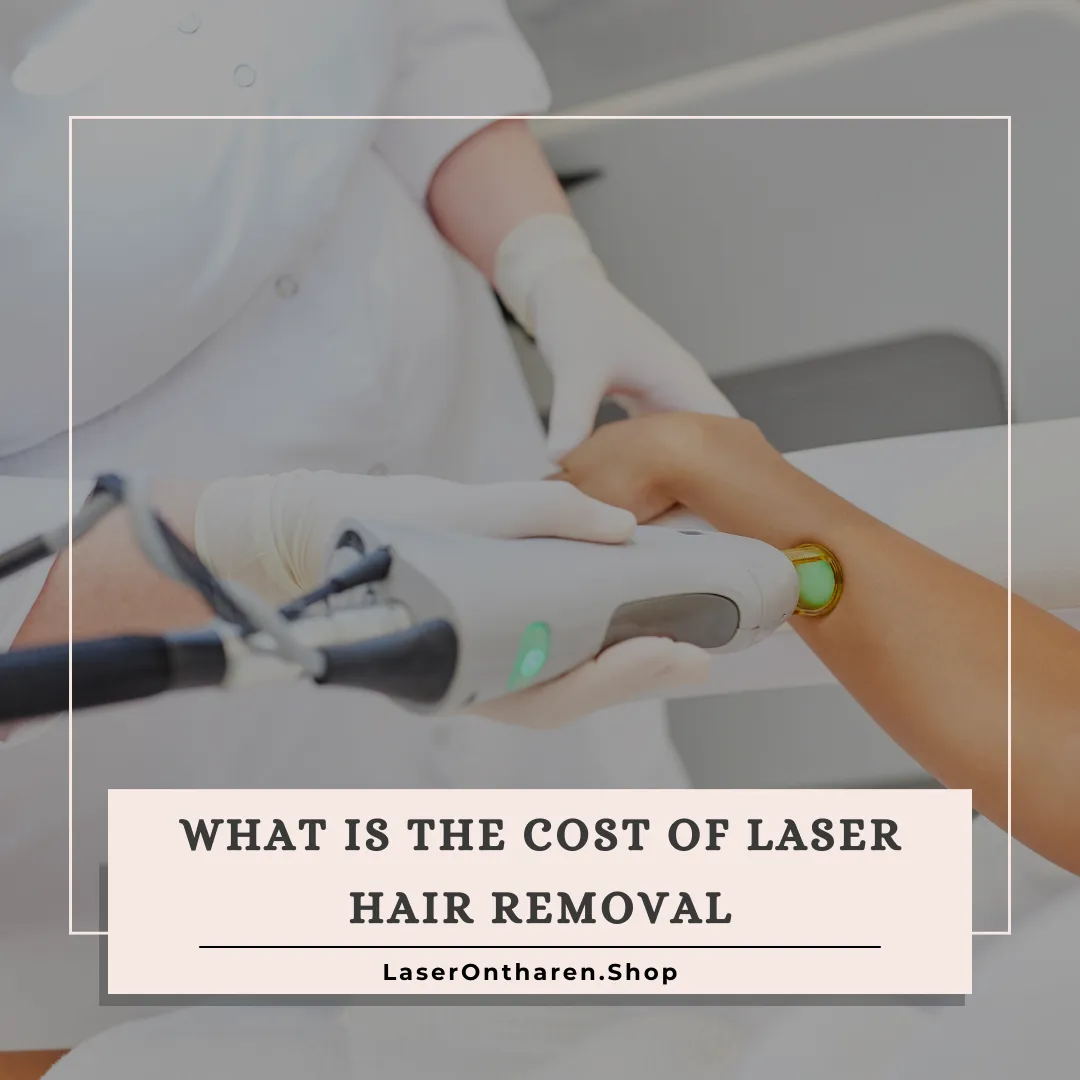Ingrown hairs are a common concern for many individuals, especially those who regularly remove unwanted body hair through shaving, waxing, or other methods. While ingrown hairs themselves can be bothersome due to their potential to cause irritation and discomfort, one lesser-known consequence is the possibility of scarring. In this article, we’ll explore the link between ingrown hairs and scarring, as well as effective strategies for preventing and treating ingrown hair scars.
Understanding Ingrown Hairs and Scarring:
Ingrown hairs are a common dermatological condition characterized by hair that fails to emerge from the hair follicle and instead grows back into the skin or curls sideways beneath the surface. This aberrant growth pattern often leads to various skin complications, ranging from mild irritation to more severe issues such as scarring.
When an ingrown hair occurs, it disrupts the natural growth cycle of hair and triggers an inflammatory response in the surrounding skin tissue. As a result, the affected area may become inflamed, red, and tender to the touch. In some cases, the inflammation may progress further, leading to the formation of small, raised bumps on the skin’s surface. These bumps, known as papules or pustules, can be painful and unsightly, causing discomfort and embarrassment for those affected.
If left untreated or if the ingrown hair becomes infected, more serious complications can arise, including the development of scars. When an ingrown hair becomes infected, it can lead to the formation of abscesses or cysts beneath the skin’s surface. As the body attempts to heal the infection, scar tissue may form, resulting in permanent changes to the skin’s texture and appearance.
The formation of scars as a result of ingrown hairs can vary depending on several factors, including the severity of the ingrown hair, the individual’s skin type, and their healing process. In some cases, ingrown hair scars may appear as dark spots or hyperpigmentation, while in others, they may manifest as raised, pitted, or depressed areas of skin known as keloids or hypertrophic scars. Regardless of their appearance, ingrown hair scars can be distressing for those affected, impacting self-esteem and quality of life.
Can Ingrown Hairs Cause Scars? Yes, ingrown hairs have the potential to cause scarring, although not all instances will result in scarring. When an ingrown hair becomes infected or repeatedly irritated, it can provoke an inflammatory response in the skin, potentially leading to the formation of scars. These scars can exhibit a variety of appearances, ranging from dark spots or hyperpigmentation to raised, pitted, or depressed areas of skin known as keloids or hypertrophic scars.
The likelihood of ingrown hairs causing scarring depends on various factors, including the individual’s skin type, the severity of the ingrown hair, and their body’s healing process. In some cases, particularly when the ingrown hair becomes deeply embedded or infected, the inflammatory response may be more pronounced, increasing the risk of scarring. Additionally, repeated irritation or attempts to extract the ingrown hair can exacerbate inflammation and further contribute to scar formation.
The appearance of ingrown hair scars can vary greatly from person to person. Some individuals may develop dark spots or hyperpigmentation at the site of the ingrown hair, while others may experience raised, textured scars such as keloids or hypertrophic scars. These scars can be aesthetically displeasing and may cause self-consciousness or discomfort for those affected.
Preventing Ingrown Hair Scars:
Preventing ingrown hair scars begins with minimizing the occurrence of ingrown hairs themselves. Here are some tips for preventing ingrown hairs and the associated scarring:
- Exfoliate Regularly: Regular exfoliation helps to remove dead skin cells and debris that can clog hair follicles and contribute to ingrown hairs. Use a gentle exfoliating scrub or a soft brush to slough off dead skin cells, particularly in areas prone to ingrown hairs, such as the bikini line, legs, and underarms.
- Use Proper Shaving Techniques: If you shave, ensure that you use a sharp, clean razor and lubricating shave gel or cream. Shave in the direction of hair growth to reduce the risk of ingrown hairs, and avoid shaving too closely to the skin, as this can increase the likelihood of irritation.
- Moisturize Daily: Keeping the skin well-hydrated can help prevent dryness and irritation, reducing the likelihood of ingrown hairs and scarring. Apply a nourishing moisturizer to the skin daily, focusing on areas prone to ingrown hairs, such as the bikini line and legs.
- Consider Alternative Hair Removal Methods: If you frequently experience ingrown hairs and scarring with shaving, consider alternative hair removal methods such as waxing, sugaring, or laser hair removal. These methods can help reduce the occurrence of ingrown hairs by removing hair from the root.
Treating Ingrown Hair Scars:
If you already have ingrown hair scars, there are several treatment options available to help improve their appearance:
- Exfoliate Regularly: Regular exfoliation plays a crucial role in preventing ingrown hairs by eliminating dead skin cells and debris that can clog hair follicles. By using a gentle exfoliating scrub or a soft brush, you can effectively slough off dead skin cells, particularly in areas prone to ingrown hairs such as the bikini line, legs, and underarms. This process helps to keep the skin’s surface smooth and free from obstructions, reducing the likelihood of hair becoming trapped beneath the skin and leading to ingrown hairs.
- Use Proper Shaving Techniques: For those who shave, employing proper shaving techniques is essential for minimizing the risk of ingrown hairs. Begin by using a sharp, clean razor to ensure a smooth and precise shave. Additionally, always apply a lubricating shave gel or cream to create a protective barrier between the razor and the skin. Shave in the direction of hair growth whenever possible, as shaving against the grain can increase the likelihood of ingrown hairs. Moreover, avoid shaving too closely to the skin, as this can result in irritation and inflammation, further exacerbating the risk of ingrown hairs.
- Moisturize Daily: Maintaining well-hydrated skin is key to preventing dryness and irritation, which can contribute to the formation of ingrown hairs and scarring. By moisturizing the skin daily with a nourishing moisturizer, particularly in areas prone to ingrown hairs such as the bikini line and legs, you can help keep the skin soft, supple, and resilient. This reduces the likelihood of hair becoming trapped beneath the surface of the skin and decreases the risk of inflammation and subsequent scarring.
- Consider Alternative Hair Removal Methods: If you find that shaving frequently results in ingrown hairs and scarring, exploring alternative hair removal methods may be beneficial. Waxing, sugaring, or laser hair removal are effective alternatives that remove hair from the root, reducing the likelihood of ingrown hairs. These methods provide longer-lasting results and can help minimize the occurrence of ingrown hairs by preventing hair from regrowing beneath the skin’s surface. Additionally, they may be particularly beneficial for individuals with sensitive skin or those prone to scarring from ingrown hairs.
While ingrown hairs can indeed be a nuisance, they also harbor the potential to result in scarring if they are neglected or not managed appropriately. However, by adopting proactive measures to prevent ingrown hairs and promptly addressing them when they arise, you can effectively mitigate the risk of scarring and preserve the appearance of smooth, healthy skin. If you find yourself contending with the aftermath of ingrown hair scars, seeking guidance from a dermatologist or skincare professional is paramount. These experts can provide tailored treatment options designed to address your specific needs and concerns.
With the right approach and diligent adherence to treatment protocols, you can pave the way towards achieving clearer, more radiant skin, free from the burden of ingrown hair scars. By investing in professional guidance and incorporating targeted interventions into your skincare routine, you can bid farewell to ingrown hair scars once and for all, unveiling a complexion that exudes confidence and vitality.










